|
All these years, up to 1947, Mikhail Kalashnikov had been developing and testing his designs - submachinegun, automatic rifle, light machinegun, and all this time he'd been traveling back and forth: to Kazakhstan, where he was working on his desings, and to the proving ground at Shurovskoy, where he was submitting the guns for consideration.
In 1944 he was given some M1943 7.62x39mm cartridges to examine, and decided to work on a 7.62mm automatic rifle - along with other 8 small arms designers working on their own versions of a gun for M1943 7.62x39mm cartridge. By 1947 Artillery Commission picked up 4 most promising designs.
Follow me to this information kiosk. The four designers left out of nine entering the contest were Kalashnikov, Sudayev, Dementiev and Boulkin. All four designs are somewhat look alike - all 4 were designed for the same cartridge, hence the similarity, both in look and in principle of operation.
A series of trials was held in 1947, and Mikhail Timofeevich Kalashnikov won the competition with his AK-47.
A pilot batch of 1500 AK-47 was required for field trials, and Ministry for Defense Industries issued an order to develop first 1500 pieces of AK-47 in Izhevsk, at Izhesvsky Motozavod factory which produced small arms during WWII.

Pic.5-4 Motozavod Factory shops where pilot batch of first 1500 AK-47 were developed
|
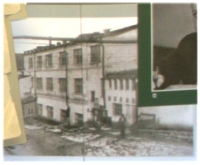
Pic.5-5 Izhevsky Motozavod Factory, eastern elevation. 1940.
|
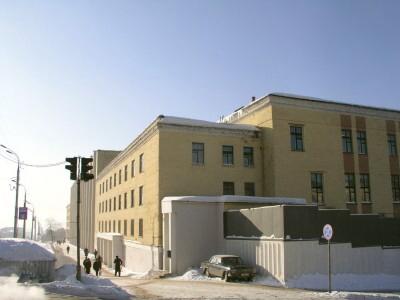
Pic.5-6 Izhevsky Motozavod Factory, eastern and southern elevation. 2005
|
|
|
|
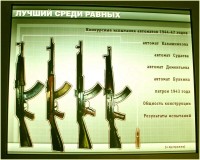 Pic.5-1 The four designs left out of nine entering the contest were of Kalashnikov, Sudayev,
Pic.5-1 The four designs left out of nine entering the contest were of Kalashnikov, Sudayev,
Dementiev and Boulkin.
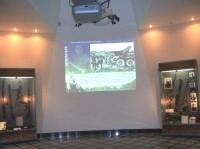 Pic.5-2 Documentary about Shurovskoy probing ground
Pic.5-2 Documentary about Shurovskoy probing ground
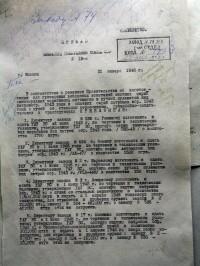 Pic.5-3 Top secret: the order to develop first 1500 AK-47 in Izhevsk, at Izhesvski Motozavod factory
Pic.5-3 Top secret: the order to develop first 1500 AK-47 in Izhevsk, at Izhesvski Motozavod factory
|